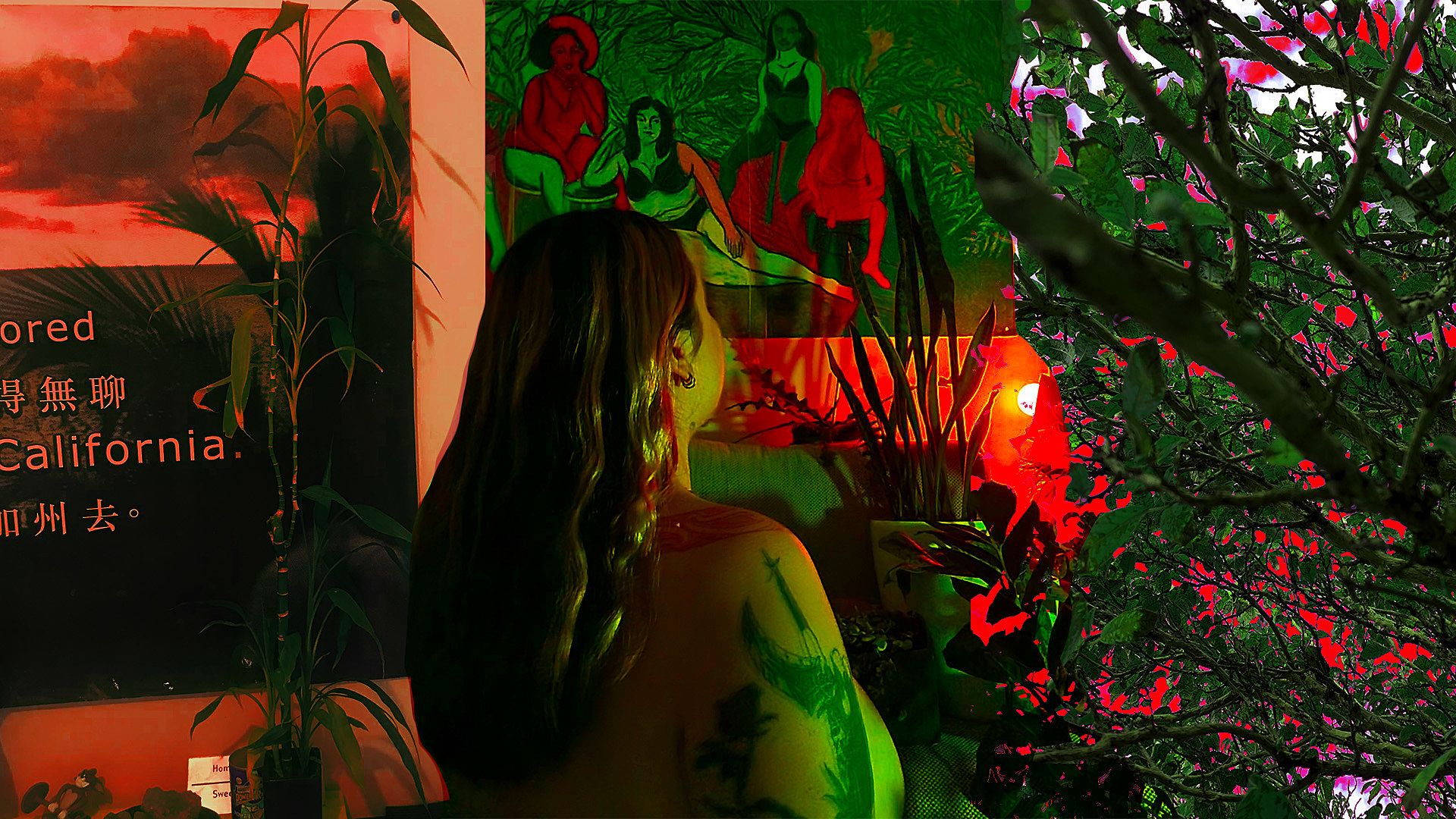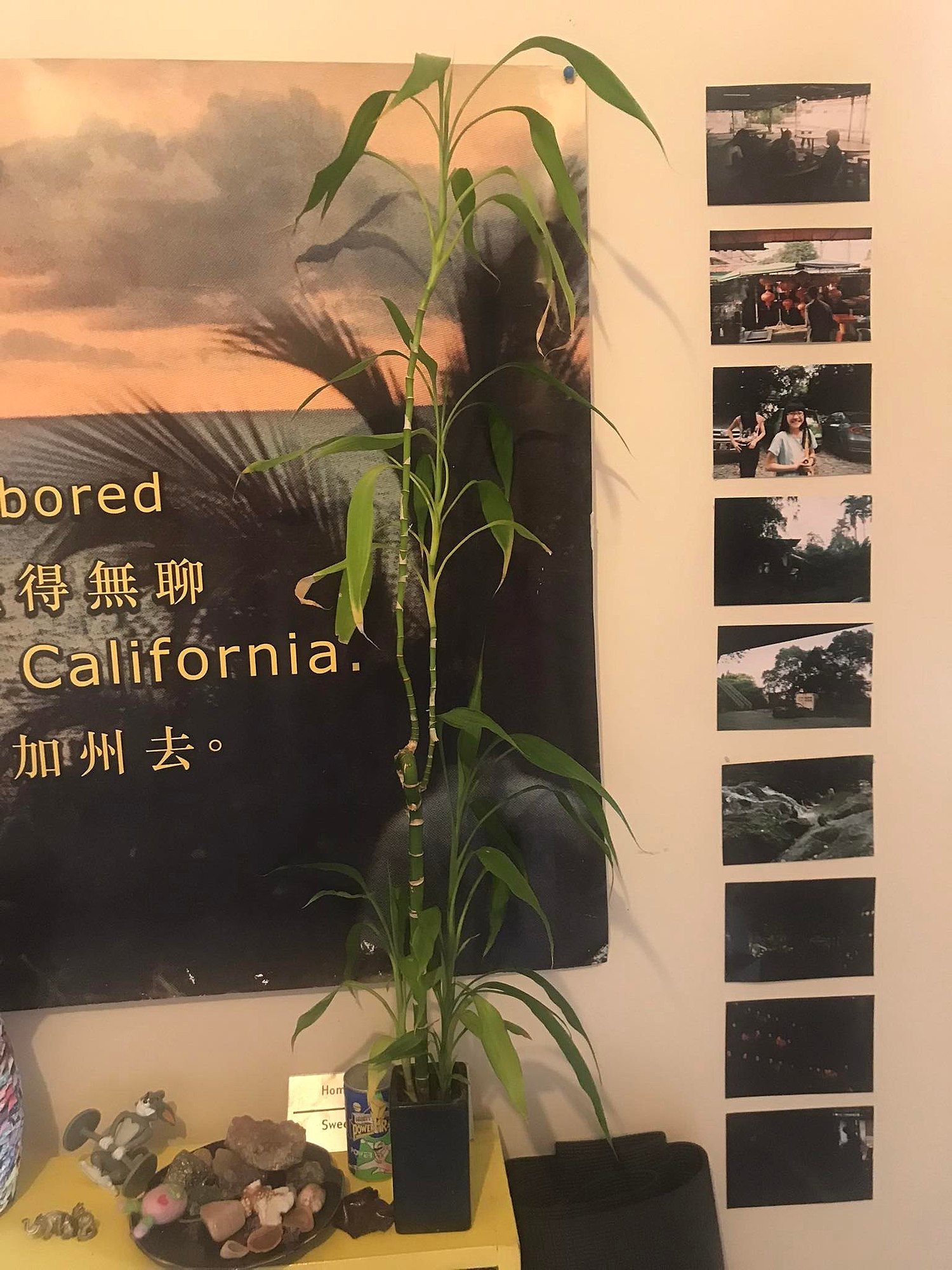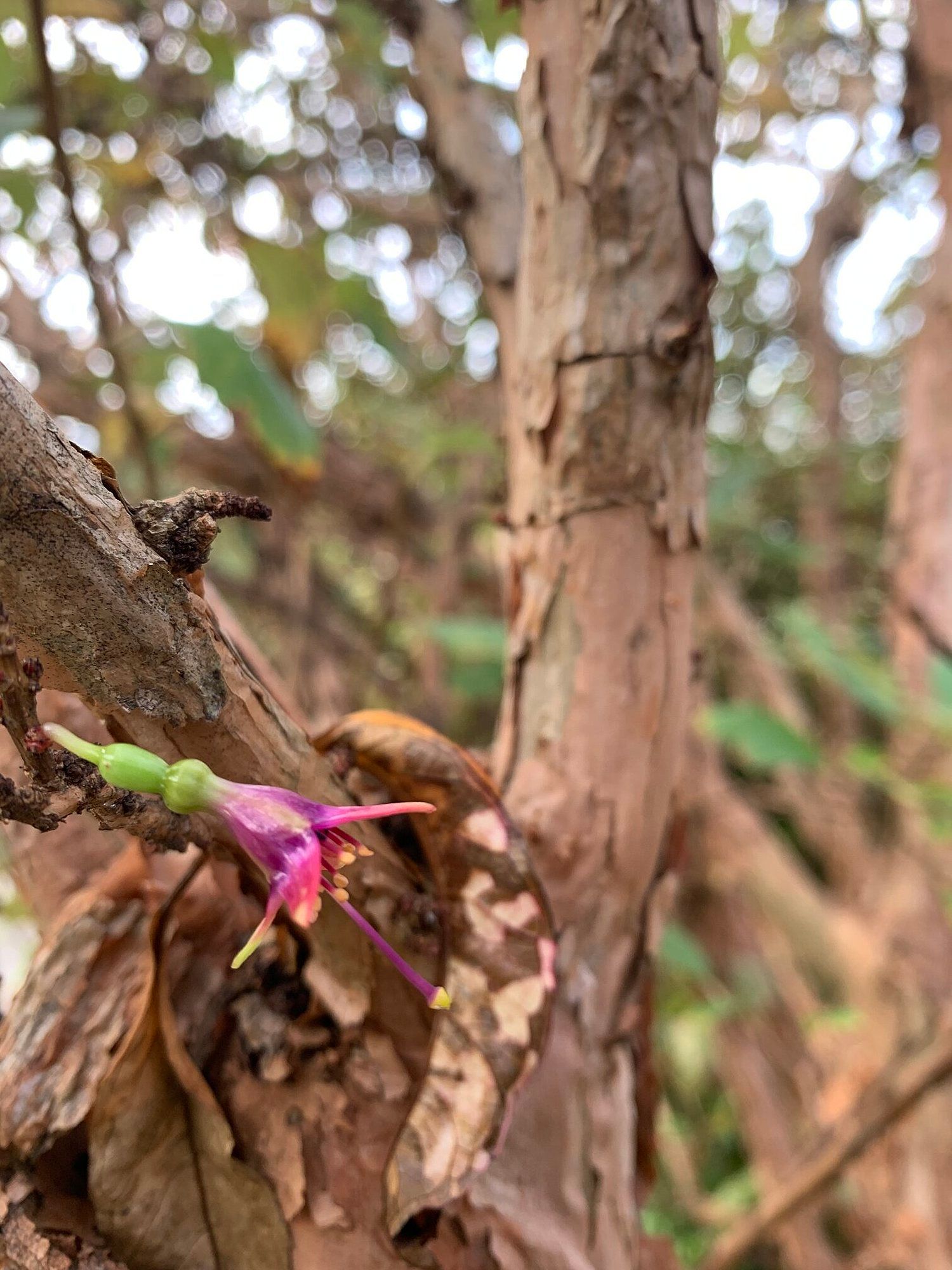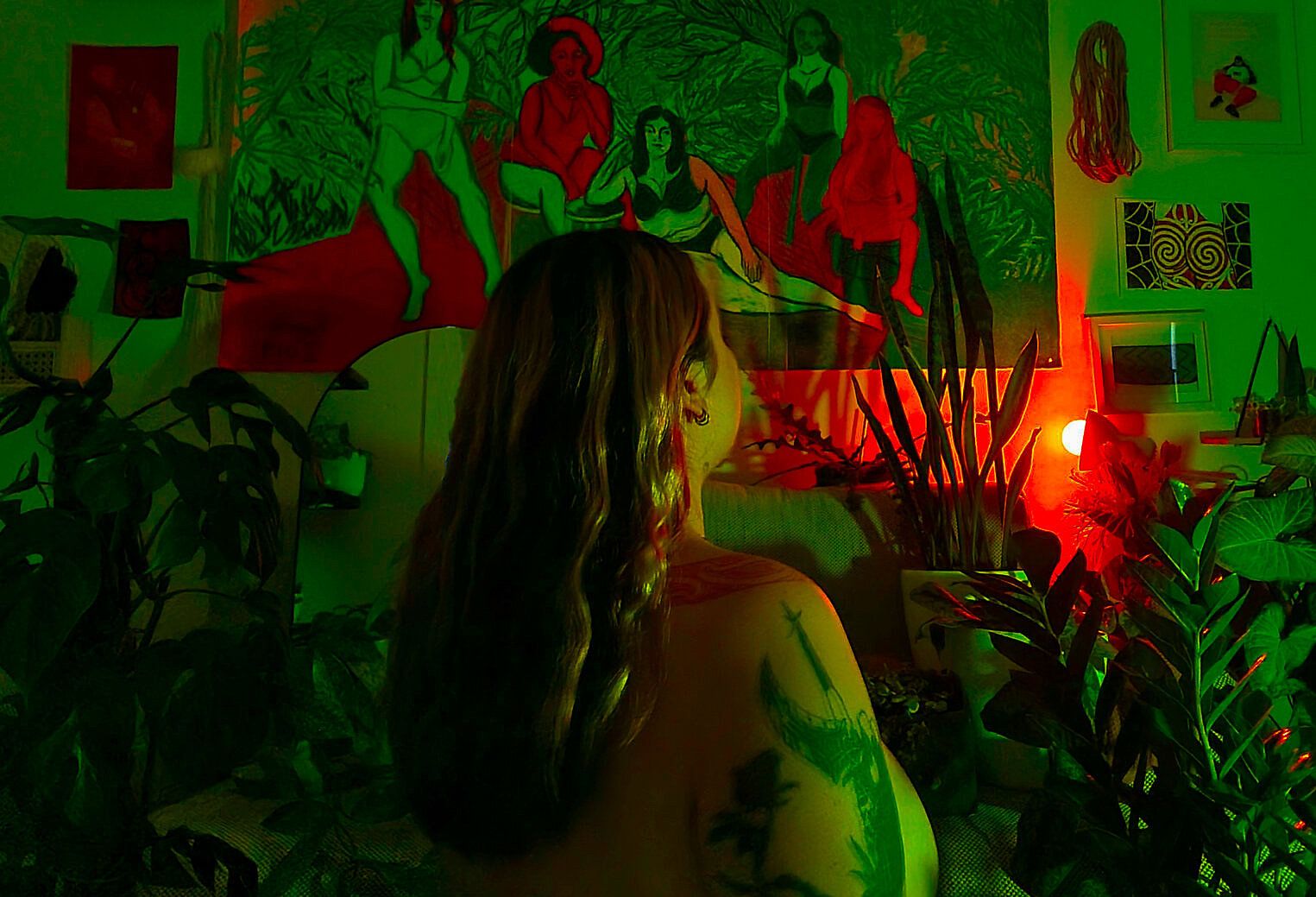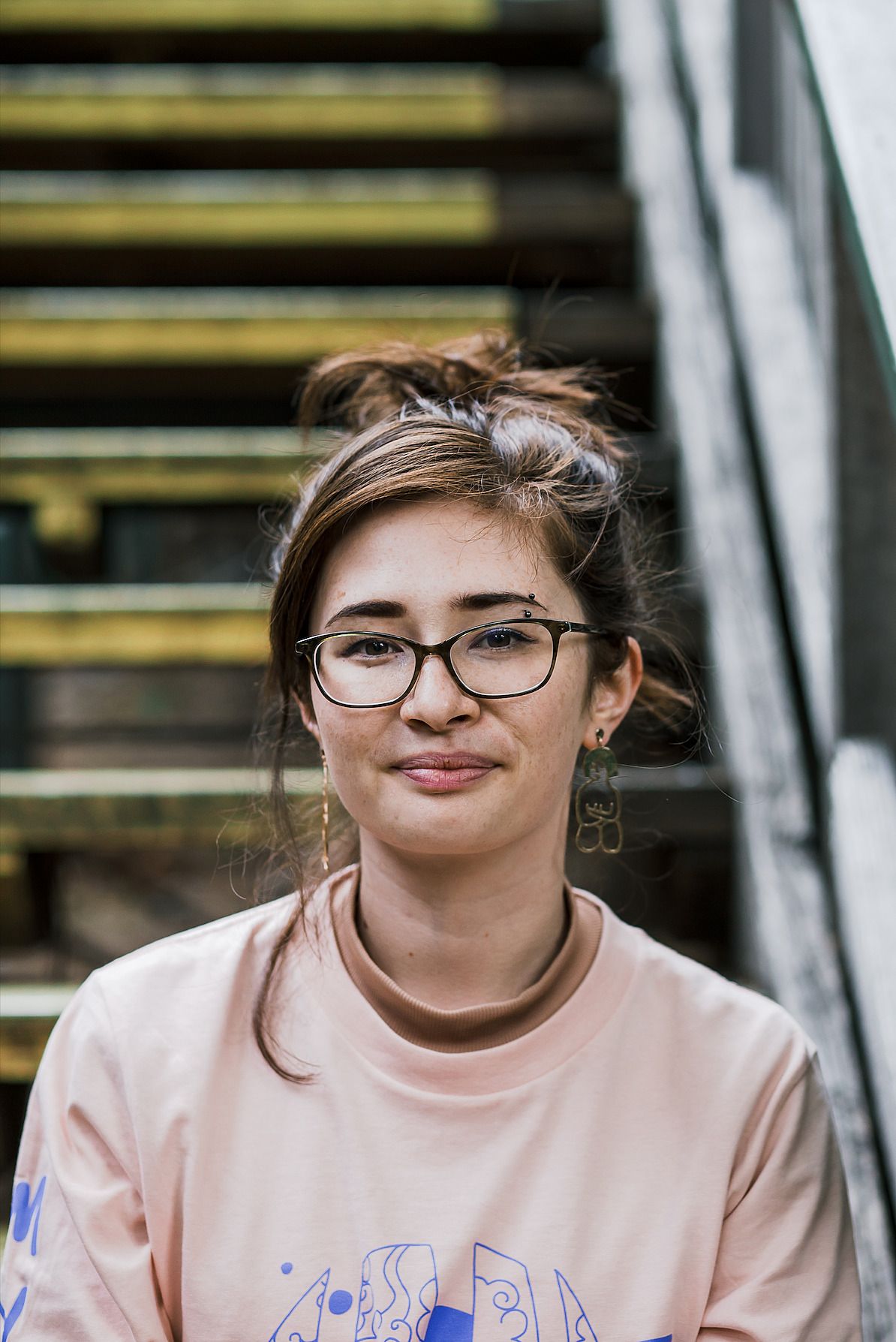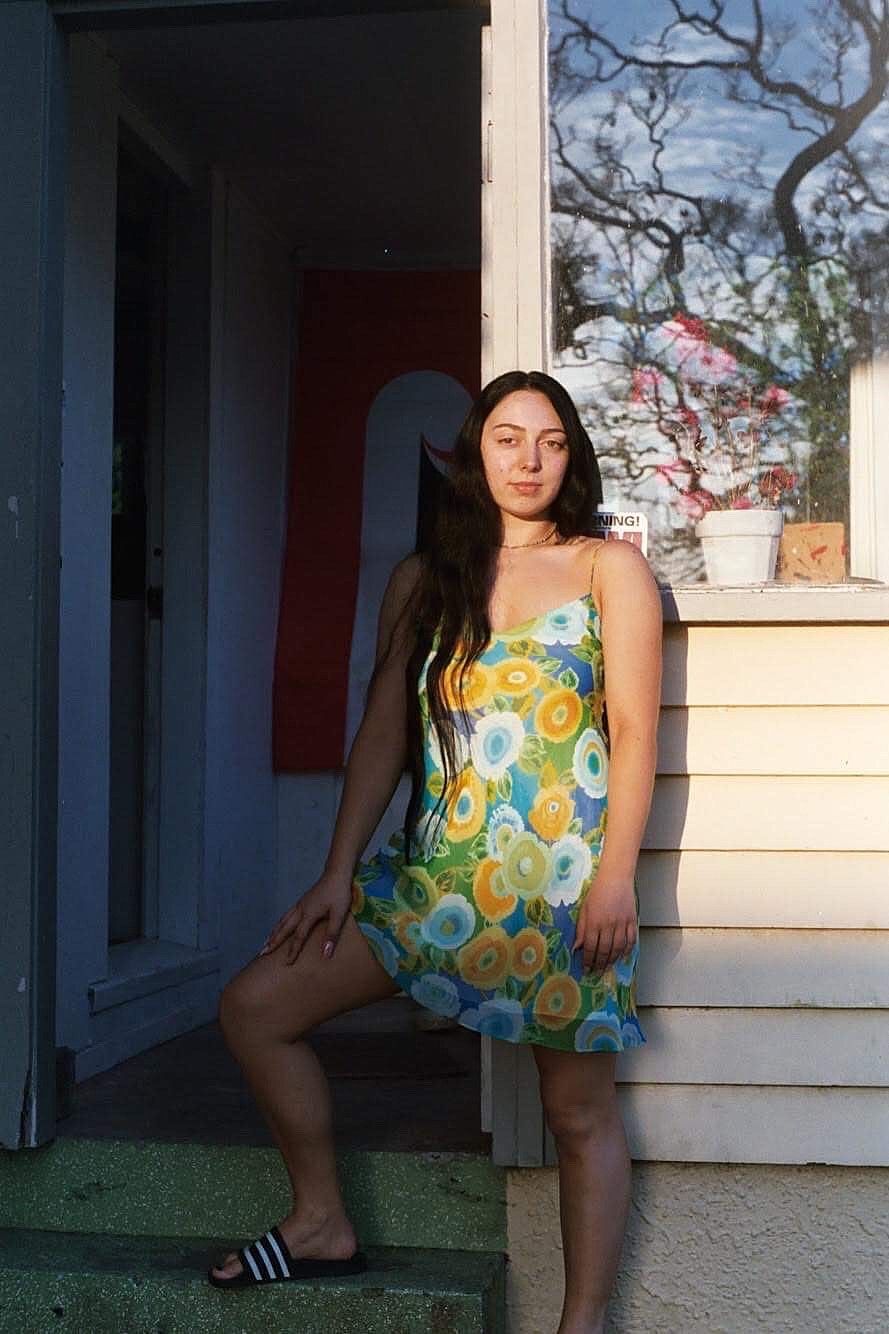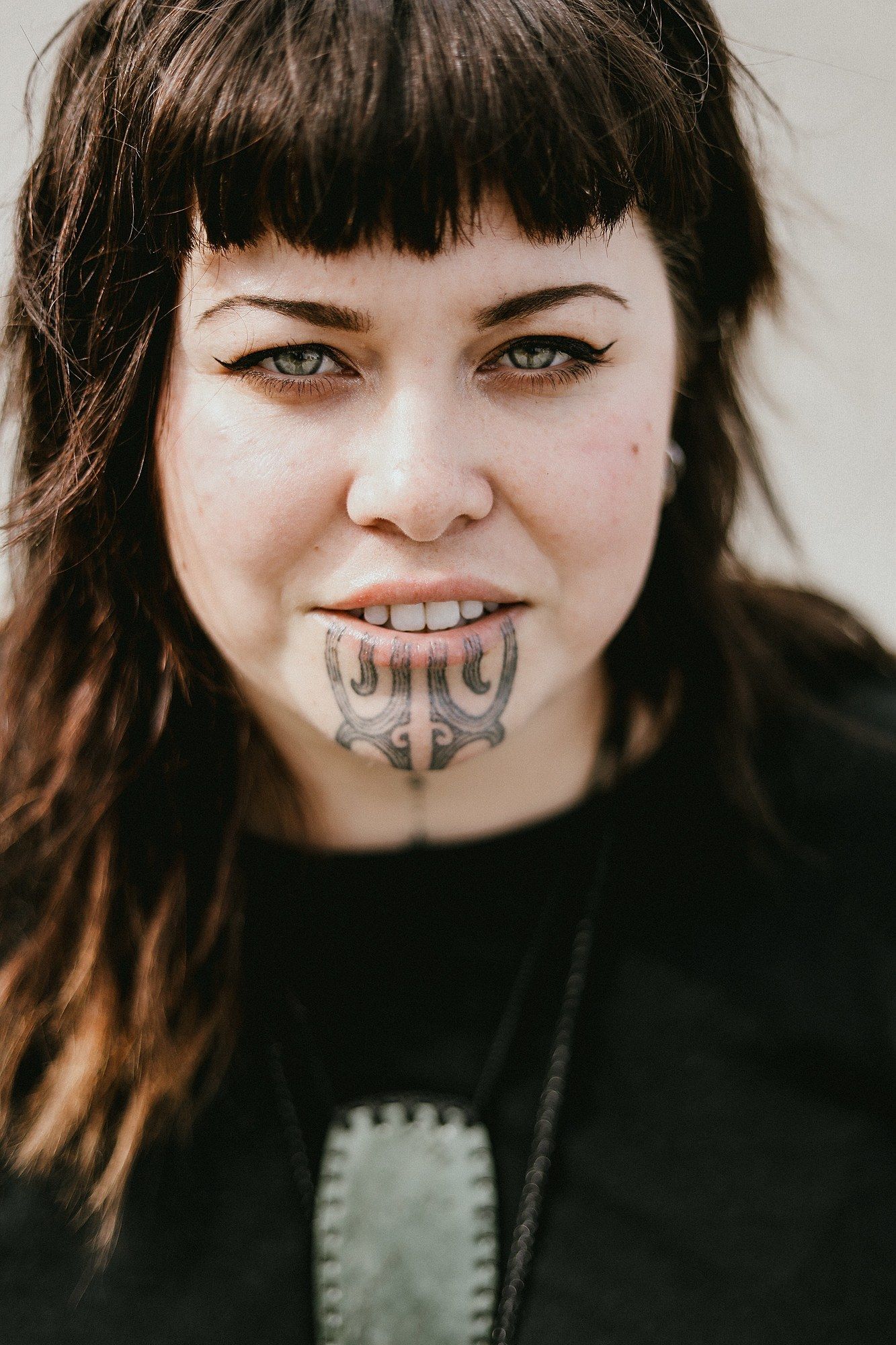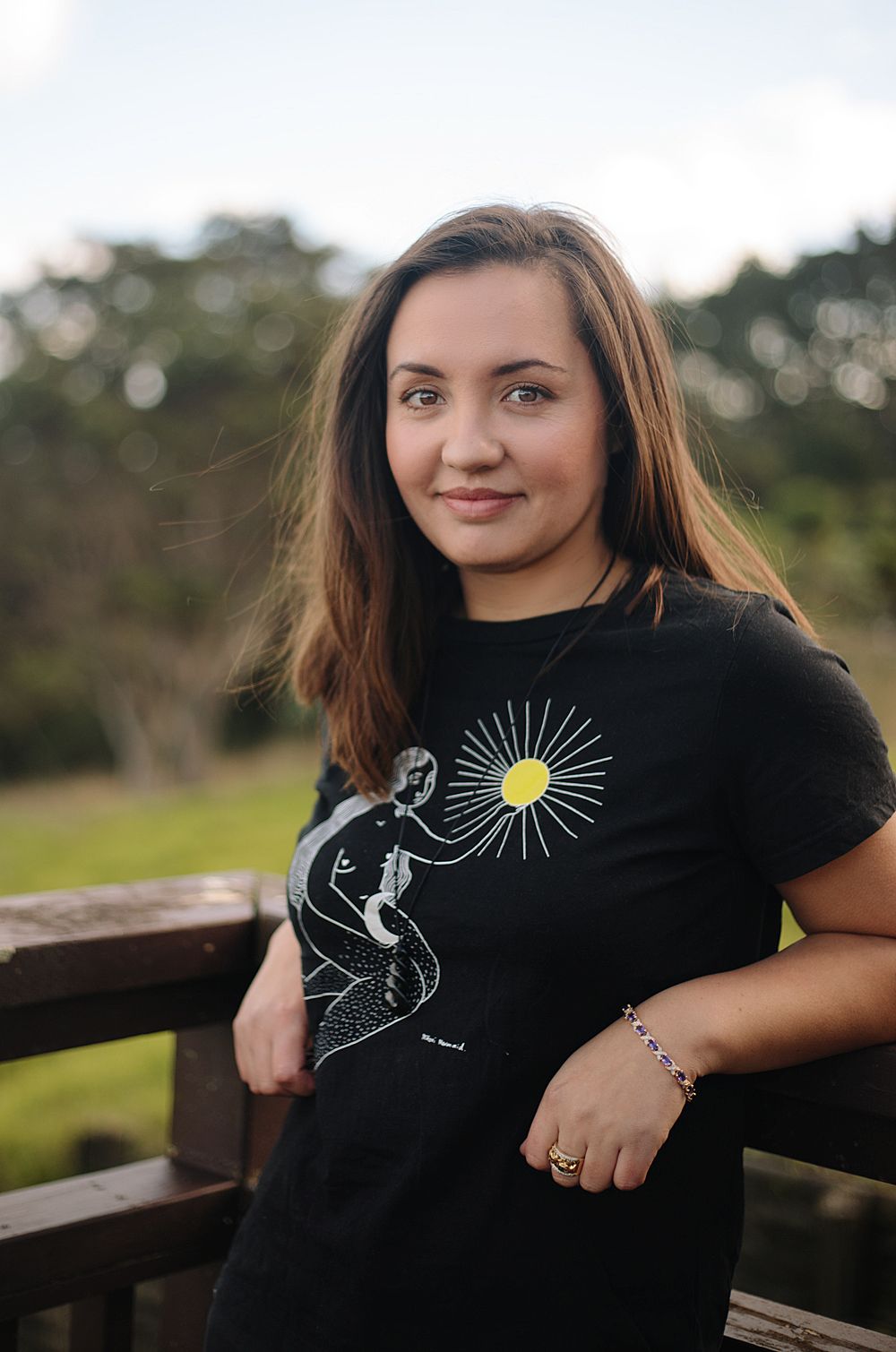We Give Eternal Thanks to Bush
The Pantograph Punch team humbly acknowledges all that photosynthesising green beings do for us and our ora.
The popularity of the local bush hīkoi skyrocketed as we muddled through two years of lockdowns. Isolation launched a love for houseplants that exploded across social media. It’s well known that nature supports our wellbeing, so for this issue, we share our appreciation for the humble shrub, our country's greenness, and our relationships with plants.
In acknowledging the different relationships we have to whenua, Vanessa Mei Crofskey, Mya Morrison-Middleton, Ana McAllister and Ataria Sharman write on something that grows green, or is wild.
I’m infinitely certain that the bamboo plant I bought on sale at Countdown Metro five years ago is a good-luck charm that has actively prevented several personal and professional breakdowns.
After working for five years in the arts industry and in increasingly senior positions, I’m delicately burned out to a crisp, being responsible and responsive in a sector that is constantly trying to resuscitate itself from the brink. I’m not a surgeon, an essential worker, a cleaner, or a mum. But like a lot of people, the pandemic has caught up with my body. Frantically trying to keep arts infrastructure and industries from crumbling is not exactly revitalising: there are only so many funding applications and pandemic reschedules that can occur before I just want to crawl into bed for six months and let the duvet mould into my body.
Watering my plants is my form of defence against belonging to the generation that grew up with climate disasters, and that no longer feels energised by working. What’s there to save for, when home ownership is a pipe dream? I scroll on my phone, avoid my ringtone, puff some nicotine, and let the endless news cycle of trauma agitate my heartbeat.
During those worst days of post-Covid fatigue, I’d fantasise about the jobs and weekends I’ll have once I leave the arts industry for good, and most of them involve being permanently AFK (Away From Keyboard). I’d imagine my fingernails dirtied by beds of soil: myself as a beekeeper, a florist, an urban gardener, a soft animal rolling in the mud. Watching the bright-green leaves of the bamboo unfurl in the soft light reminds me to find space for slowness, even while capitalism keeps knocking. I take delight in knowing that there’s a world outside of my laptop screen, waiting gently for me to return to the non-urgency of green. – VC
*
I give eternal thanks to the kōtukutuku tree for being my motivational timekeeper in a way Google Calendar just can’t.
Kōtukutuku change dramatically with the seasons. They sprout bright, colourful flowers and delicious berries, which kererū love, called kōnini. Their papery bark sheds in large strips, and they lose their leaves during winter, a rarity among native rākau.
On my daily commute down the hill, I walk by a kōtukutuku. I watched that tree lose its leaves last winter and then regrow them. When I lost my perception of time during frosty, static periods of grief, lockdowns and exhaustion, the kōtukutuku reminded me of the world changing around me. One morning on my way to work, I noticed its kōnini had sprouted. I inspected each branch for potential growth and took photos like a proud parent. Scrolling a Google Calendar with time marked by deadlines and meetings doesn’t excite me about the passage of time in the same way, or at all, really.
The kōtukutuku leaves are going to drop again soon. I’m not sure how to approach the new year, but I am certain there will be fresh kōtukutuku flowers to admire and kōnini to eat. – MM
*
Bush babies for generations. Coddled by the ngahere. Now we live in cities. Coddled by nothing, but sheltered by steel and concrete. Cold and hard. Too rough or too smooth. Never quite right. Never quite natural. Or normal. Never able to thrive in this environment.
In my apartment. Glass is somewhat softened by a semi-transparent, black roll-down blind. It shines like glitter – the glistening reminds my body of water. A small stream flowing gently over rocks. The sun flows in, touching most surfaces. But only before midday. At some point it gets too high and no longer touches me. The coldness returns.
So in this whare made of glass and steel and concrete, I create my own ngahere. I coddle myself. None of my plants are natives. The natives never thrive in this environment. The natives never thrive in this environment. The natives never thrive in this environment.
Constant hum of cicadas replaced by constant hum of cars on the main road. It’s gotten so familiar I can now identify flat tyres by their call alone.
The trailing ones are my favourite – strings of turtles, hearts, lungs, livers, intestines. String up. Trailing down the walls, the sides of my desk, down my white couch.
I went through a phase of buying a plant every time I felt sad or anxious, or overwhelmed. Now I can barely see through the ngahere, let alone move. And in those few hours before the sun shifts its attention to the other side of the glass whare, my ngahere and I sit and talk. And cry sometimes. But we never understand each other. Different languages. The natives never thrive in this environment. – AM
*
I’m unloading my guilt on you, dear reader. I killed my partner's cactus. I can’t even share a photo of it because it’s long gone. He’d named it Cactus Evergreen (after Katniss Everdeen from The Hunger Games), a circular cactus with white pom poms dotted across lime-green skin. Cactus Evergreen was the only houseplant my partner had, and I think he genuinely cared for it. And I killed it.
How? you ask. I moved it near my – non-cacti – house plants to make it easier to water, and watered it with the others. Then I repotted it into an artisanal handmade pot I thought was much cuter than the burnt ceramic factory one it came with. But the handmade holes weren’t big enough, and the water didn’t drain. Cactus Evergreen soaked in stagnant water and got root rot.
When I noticed it swelling and then deflating, I tried to move it to dry soil, but it worsened. Until I realised it was dying. I didn’t tell my partner for weeks – I felt so guilty.
What’s the lesson from this? Leave things alone and don’t change them for no reason. It likely wouldn't have been overwatered if I’d left poor Cactus Evergreen where it was, and the watering to my partner. Same for the new pot. Unnecessary and, in this case, deadly.
R I P Cactus Evergreen. – AS
Feature image: Anastasia Burn. Photography by Ana McAllister.
